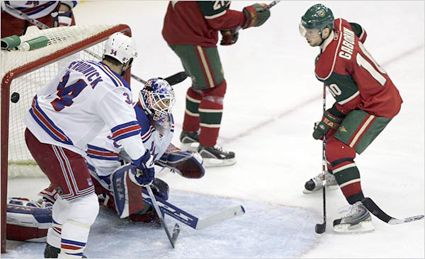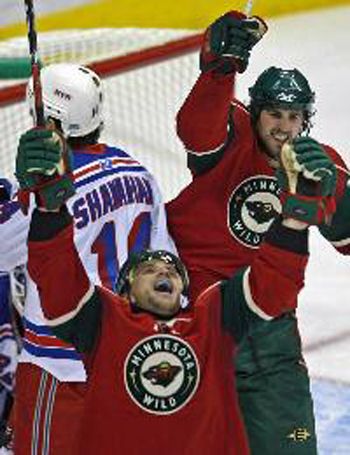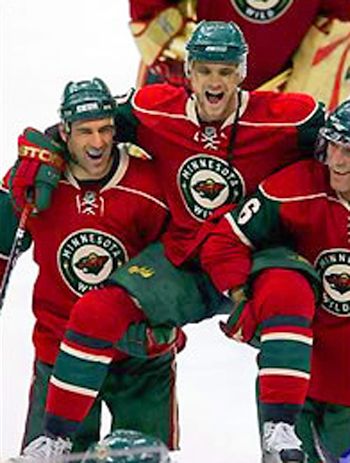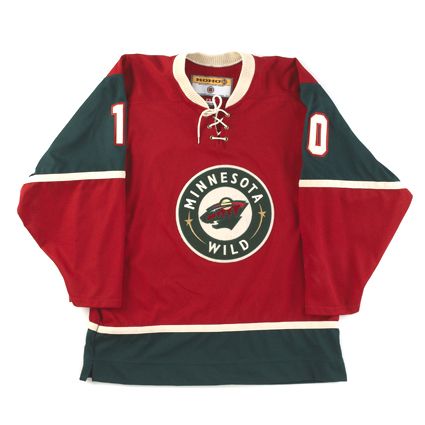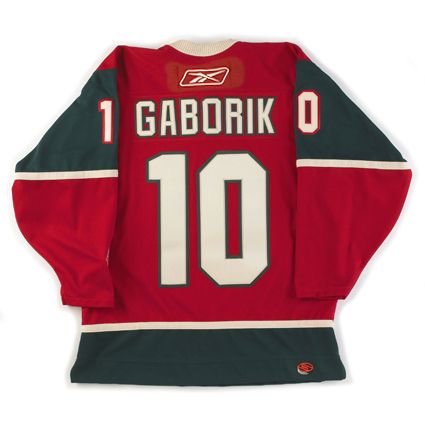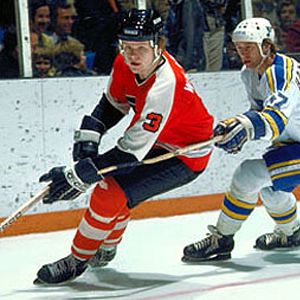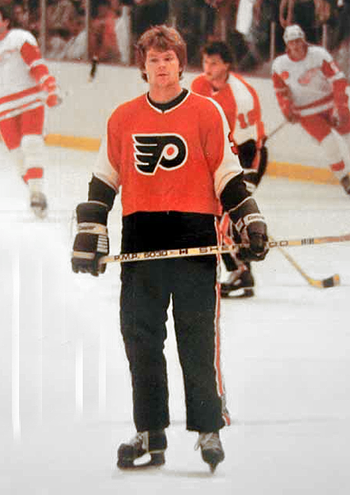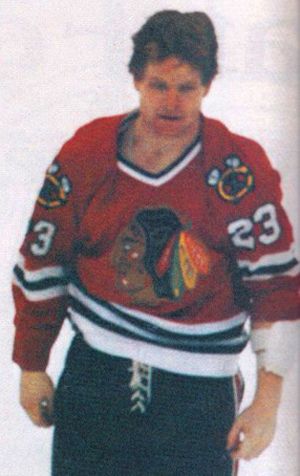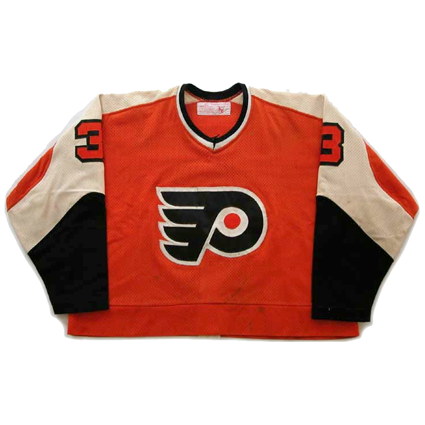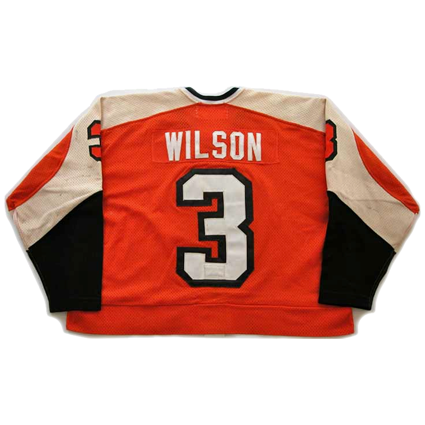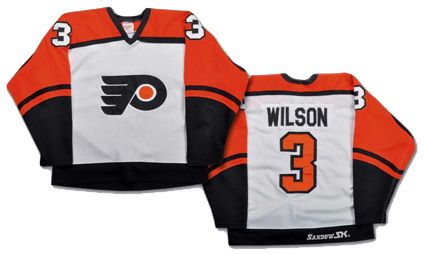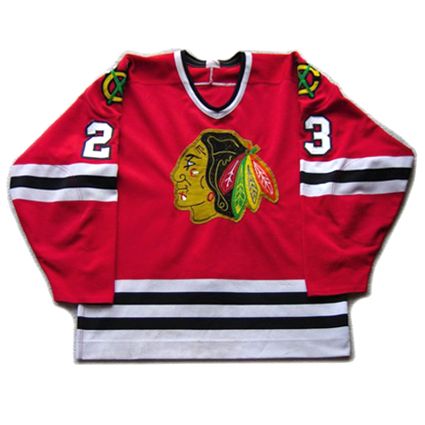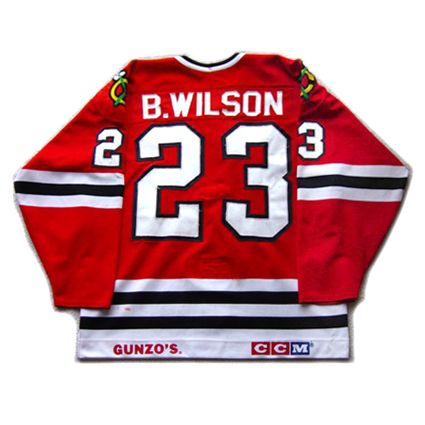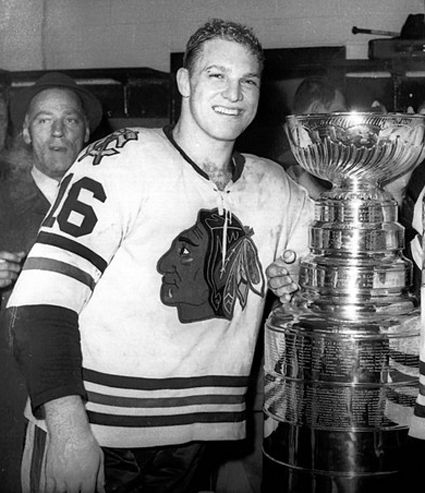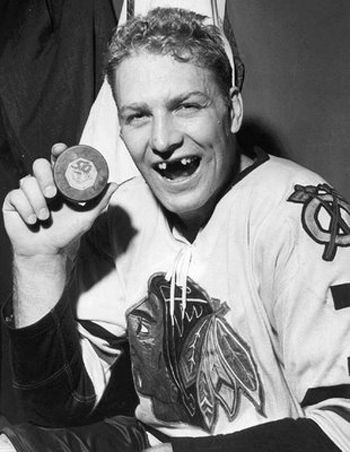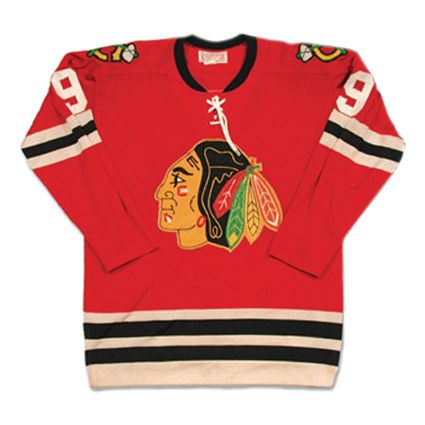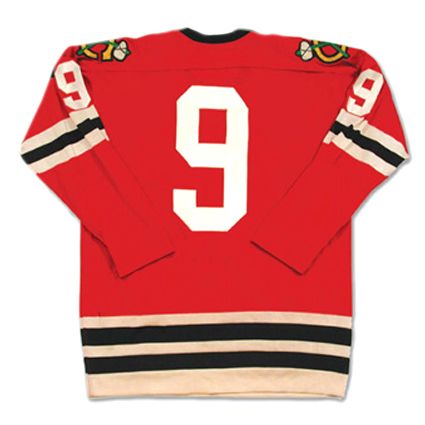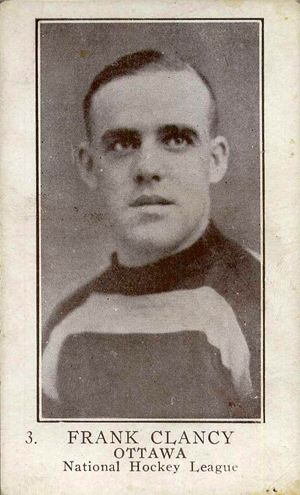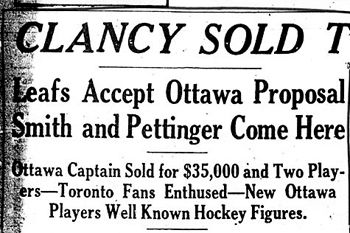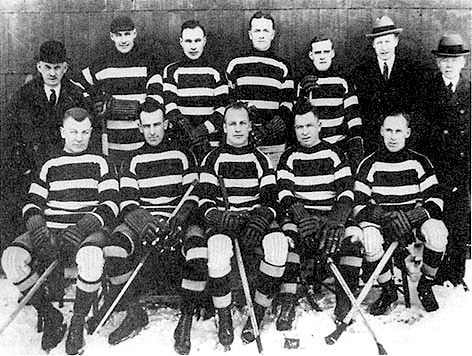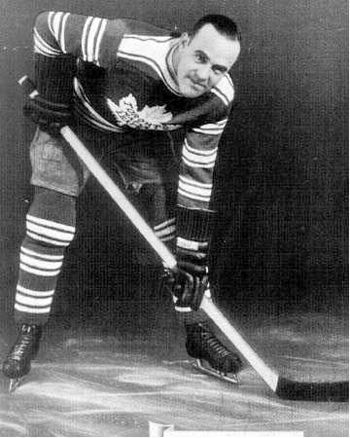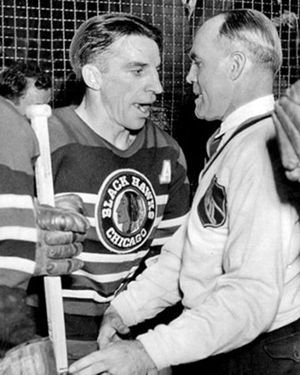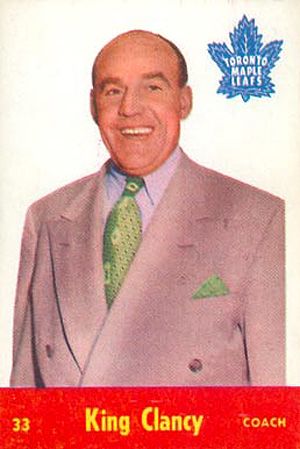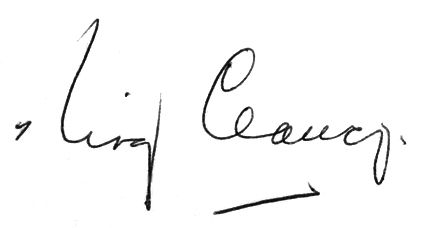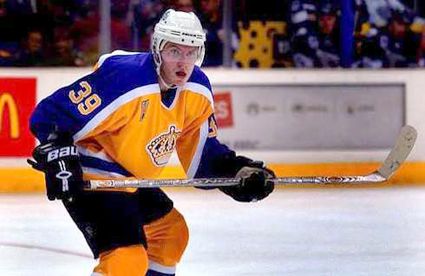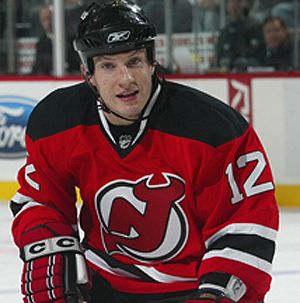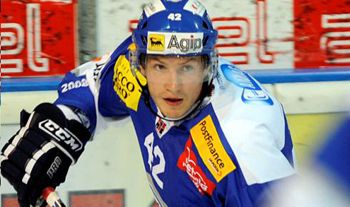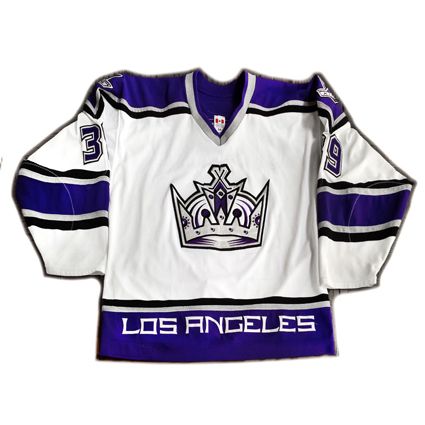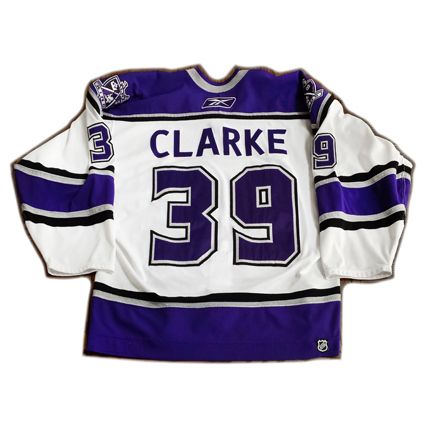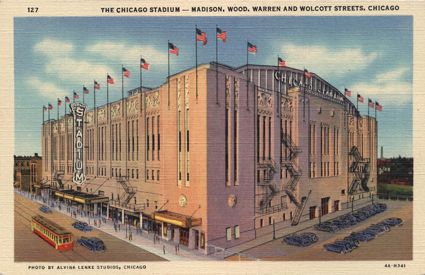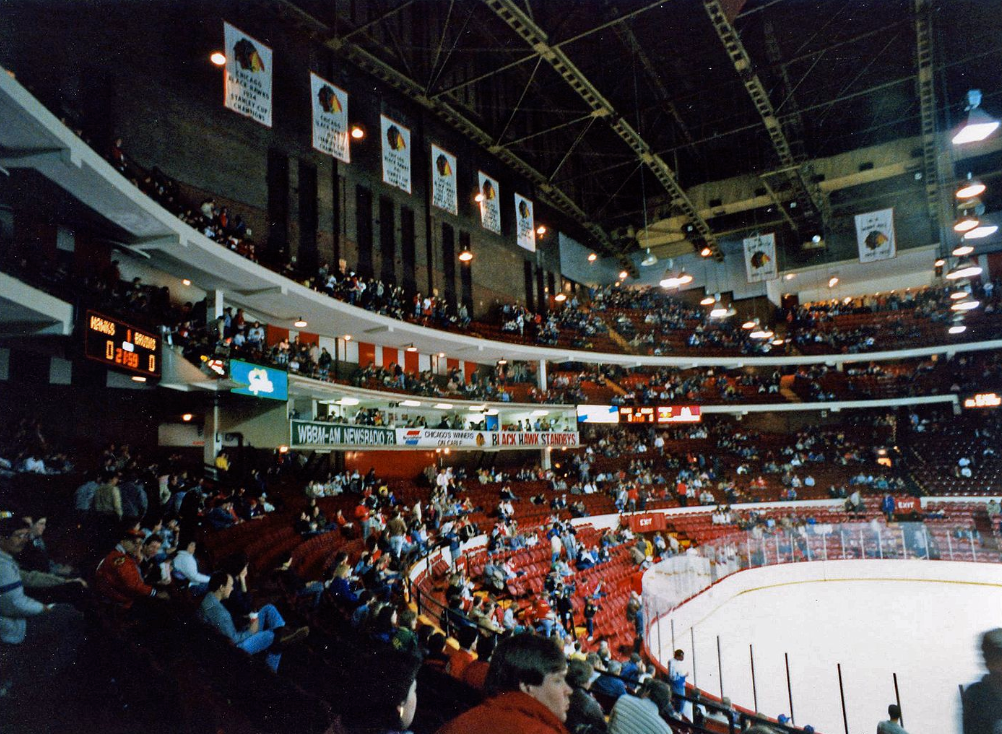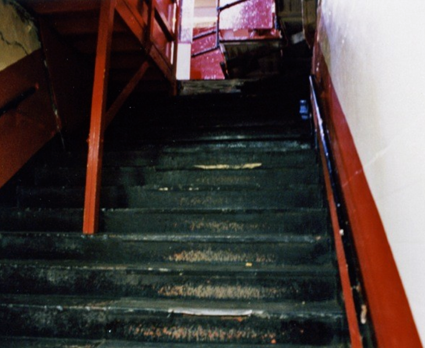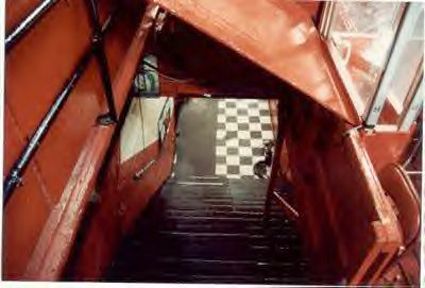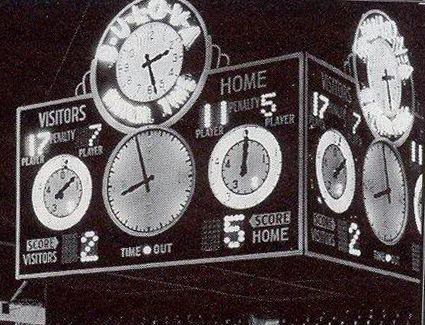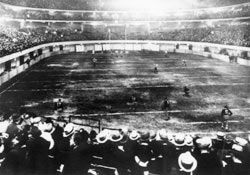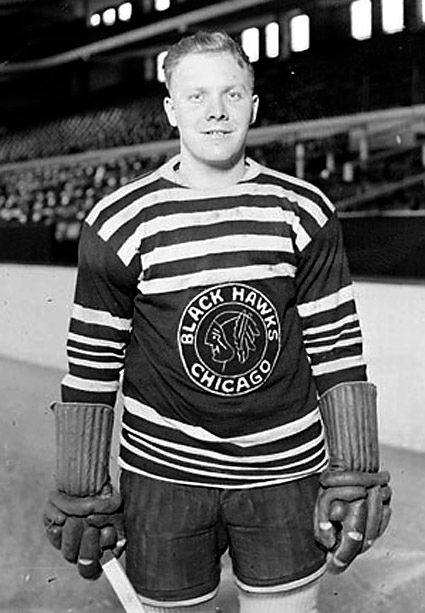On this date in 2007, Marian Gaborik of the Minnesota Wild became the first player in 11 years to score five goals in a game, which he did at home against the New York Rangers and goaltender Henrik Lundqvist.
"I scored five goals back home [in Slovakia], but to score five goals in the NHL, it's totally a different experience. To reach it here with these guys and in front of our fans, it's just unbelievable. Wonderful experience." Gaborik said.
Gaborik's first goal came with the Wild trailing 1-0 at 13:33 of the first period when Aaron Voros made a behind the back, between his legs pass to Pavol Demitra who fed the puck across the crease to Gaborik who had an easy redirection past Lundqvist.
Gaborik's first goal came on with an assist from fellow Slovak Demitra
Goal #2 arrived at 3:47 of the second on the power play when Mark Parrish, behind the Rangers goal, fed the puck to Demitra who was behind the net to the right. He fed the to Gaborik stationed in front of the net, who shot the puck, which then bounced up in the air. Gaborik was able to deftly swat in the waist level rebound over Lundqvist's shoulder and into the net for his second goal.
Goal #2 came off a mid-air rebound
The third goal also came on a power play when Pierre-Marc Bouchard had the puck on the blue line and passed to Brent Burns, who sent a pass from the boards on the left near the top of the face off circle to Gaborik in the slot, who simply skated toward the net and pulled the puck far to his backhand and put it around Lundqvist for the natural hat trick at 5:38, really causing the home fans to erupt and the baseball caps to rain down onto the ice.
Gaborik celebrates his natural hat trick
After Martin Straka scored for New York at 6:29, Bouchard restored the Wild's two goal lead on yet another power play goal with an assist from Gaborik at 10:56.
Then, at 7:15 of the third period, Minnesota's Martin Skoula did this...
We can't say we've ever seen anyone look that bad during an NHL game ever before.
Just 41 seconds later, the magic continued when Nick Schultz shot the puck in from the blue line, which deflected off of Voros in the slot, right into Gaborik's strike zone to the left of the goal where he flipped it in out of mid-air directly into the net for goal #4.
Gaborik celebrates his fourth goal of the night
Still not finished, Gaborik's fifth goal came when he stole the puck at the defensive blue line, streaked down the ice and fired one of his lighting quick wrist shots past Lunqvist at 9:31, causing the sellout crowd of 18,568at the Xcel Energy Center to erupt in celebration of the amazing performance they were witnessing.
The Rangers then mercifully pulled Lundqvist with 7:56 remaining in the game, replacing him with Steve Valiquette. When Michael Roszival received 2 minutes for elbowing Gaborik and a ten minute misconduct at 16:21, Gaborik's teammates feed him puck after puck on the ensuing power play in an attempt for goal #6, only to have Gaborik unselfishly return their passes. Undaunted, his teammates would refuse the puck and once more send the it right back to Gaborik in an effort to get him to shoot for goal #6. Finally, a wide open Gaborik to the right of the goal received a perfect feed and fired a one-timer at the wide open goal, only to have Valiquette make an outstanding reaction to the cross ice pass and stop Gaborik on what looked to be a certain goal, denying the fans at the Xcel Energy Center one final chance to erupt.
It was Gaborik's second six point night of his career and came on ten shots on goal.
After the game, Gaborik was carried off the ice by
teammates Keith Carney and Sean Hill
"Every time Gabby touched the puck, it was just electric," defenseman Burns said and goaltender Josh Harding added "His back might be sore from carrying us tonight."
"It was pretty amazing," Wild captain Mark Parrish said. "He was banking 'em in out of the air, scoring on breakaways, skating through everybody with it, making highlight-film goals. My God, he was doing it every which-way tonight. When a guy like that's feeling it, it gets pretty scary for the other team."
In the locker room after the game, Gaborik poses with the five pucks he used
to become the first player to score five goals in a game in 11 years
Up until Gaborik's amazing performance in 2007, the last player to record five goals in a game was the Detroit Red Wings Sergei Fedorov on December 12, 1996 in a 5-4 win over the Washington Capitals. Following Gaborik, only one other player has joined the exclusive five goal club, that being Johan Franzen, also of the Red Wings, on February 2, 2011.
Today's featured jersey is a 2007-08 Minnesota Wild Marian Gaborik jersey. This jersey was first introduced in 2003 as an alternate and branded as a Koho for the 2003-04 season. After the 2004-05 NHL season was canceled due to labor issues, when play resumed in 2005-06 this jersey was now branded as a Reebok. This jersey remained in use through the 2006-07 season.
While the Wild had only been around for three seasons at the time, the hockey heritage of the state of Minnesota runs deep and this "throwback" look captures that tradition and instantly became a top seller. When forced to decide between their home green jersey and red alternate when the third jerseys were discontinued during the first season of the new Reebok Edge jerseys in 2007, the Wild's sales figures of 70% red jerseys, 20% white and 10% green made the choice an obvious one in favor of keeping the red jersey.
Minor changes occurred, such as the addition of the wheat colored trim around the shoulder area and the lack of the green waist striping, but this new evolution of the Wild's red jersey remains in use through this day.
This jersey style has some unique features, such as it's felt crest and sweater-style material for the collar.
Today's video section is highlights of Gaborik's five goal performance.


